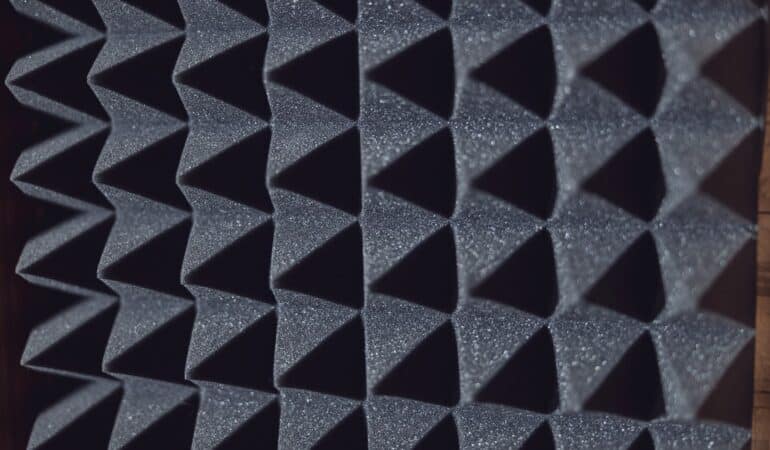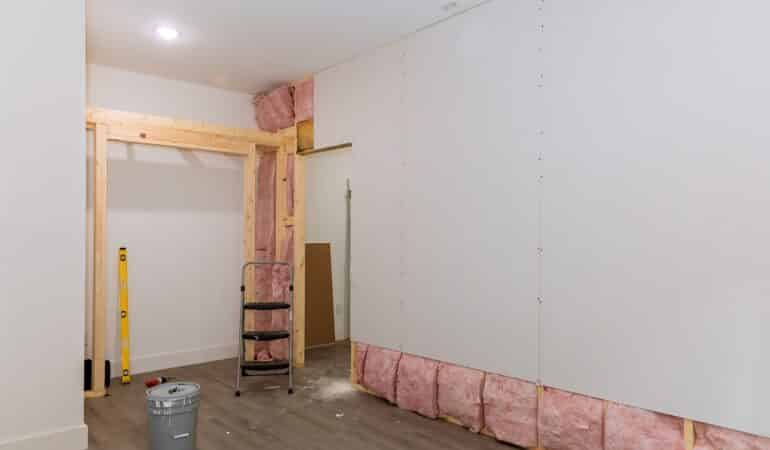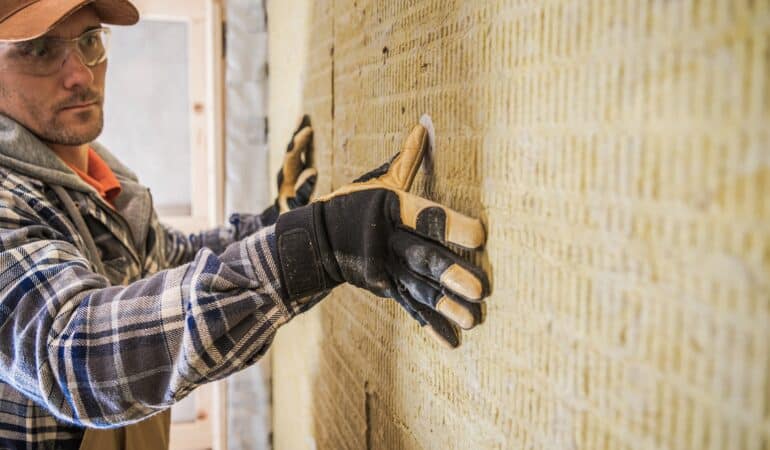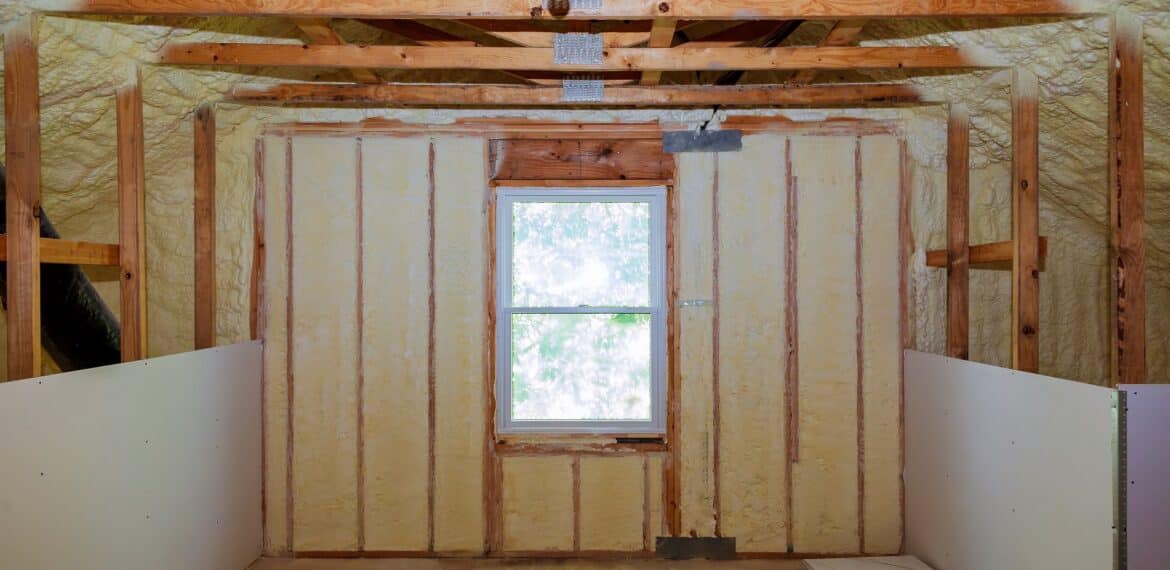Don’t Get Confused: Understanding the Differences Between Sound and Heat Insulation
When it comes to constructing buildings, insulation is a crucial factor in maintaining comfortable indoor temperatures throughout the year. However, it’s important to note that not all insulation types are created equal. Two types of insulation that often get confused are sound and heat insulation. While they aim to accomplish similar goals, the application and properties of each vary greatly. In this post, we’ll explore the significant differences between these two types of insulation and the reasons why they should not be confused.
Sound Insulation:

Sound insulation is essential for reducing noise levels between rooms, especially in commercial and residential settings. It works to absorb or deflect sound energy vibrations to prevent noise transmission through walls and floors. Sound insulation is often achieved through materials such as acoustic foam, ceiling tiles, or sound deadening curtains. These materials may have sound-absorbing that can reduce or block the transmission of sound.
Keep in mind that sound insulation may have little to no thermal insulation properties. So, although it may decrease noise pollution, it won’t necessarily keep your home warm or cool.
Heat Insulation:

Heat insulation is primarily installed to prevent the transfer of heat between indoor and outdoor temperatures. It works to keep warm air inside during colder months and cool air inside during warmer months. Heat insulation materials have high resistance limits to heat energy and low thermal conductivity. Heat insulation can generally be installed in walls, floors, in the form of thick curtains, air pockets, and more. There are a wide variety of heat insulation materials, including spray foam, blown-in insulation, and rigid board insulation. By retaining the right amount of air space between them, heat insulation can also provide sound insulation benefits.
Sound versus Heat Insulation:

When confused with heat insulation, sound insulation can act as an additional layer of insulation, but it cannot replace it. Sound insulation materials, alone, are not suitable for preventing room temperature fluctuations. In the same way, heat insulation materials are not designed to reduce incoming noise levels. Using the wrong type of insulation can lead to energy inefficiency and unsatisfactory results. Therefore, be careful when choosing insulation materials, depending on your goals and needs.
Factors to Consider:

Several factors must be considered when deciding which type of insulation is right for your structure. The first of these considerations is the location of the property and the environment in which it is located. If your house is built close to a busy road or airport, you must take into account sound insulation when constructing the walls. You should also consider the type of climate the structure will be exposed to and the relevant seasonal temperatures and humidity levels. This will help you understand the most appropriate heat insulation type.
By now, you should understand that sound and heat insulation are different materials designed to achieve two different types of insulation. Sound insulation materials help to reduce noise transmission between rooms, while heat insulation helps control temperatures within a home. Remember that sound insulation materials may not have any thermal insulation properties and cannot replace proper heat insulation. Understanding these differences can help you choose the best type of insulation for your construction project. If in doubt, seek expert help to ensure that you achieve your insulation goals effectively. If you have questions about insulation, feel free to contact us!


